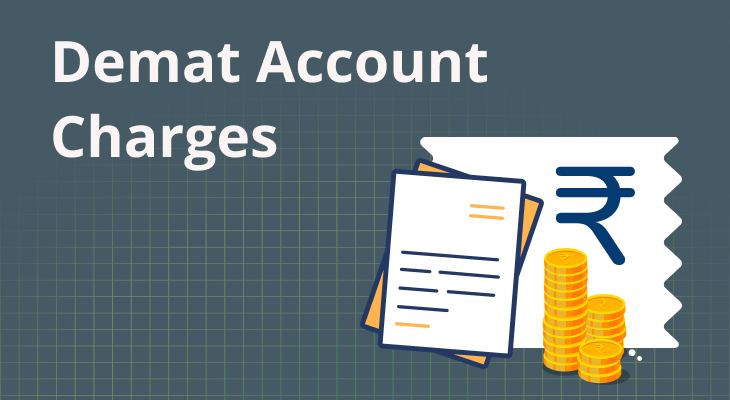
Today’s world has changed a lot with technical advancements and the internet. People are not sitting around waiting to get their daily dose of news and entertainment from newspapers or television. People can get any information anytime with just a click on the screen of their smartphones and it is all thanks to the internet. In this world, brands also have to generate their buzz, they cannot entirely rely on advertisements on TV or billboards. People scan through Twitter, Facebook, Instagram, and other social media platforms to get the required information.
This has also created a problem for brands as they now have to apply different marketing techniques to stay in the spotlight. One of the best working ways to control the narrative of the company is via publishing press releases. Whether you are sharing any news about a new product or service launch, changes in your regular organizational structure, publishing any report or award, or news about any event, these meaningful announcements help the brands stand out. So let’s get into the details of press release writing.
What is a Press Release?
A press release can be described as a specific type of text content that is presented to a core group of interested parties with some meaningful, newsworthy information. Ivy Lee, an American journalist and public relations specialist wrote the first press release in history. Since then several years have passed and so many things have changed, but the importance and format of press releases have remained the same.
Press releases are text-based brand announcements that are directly sent to the media and news outlets to gain instant exposure and media coverage. Nowadays, with the changing times, these newsworthy announcements are also used to promote the brands, help them create a bridge of communication with the target customers, and stand out in this competitive market.
What are the Types of Press Releases?
A press release has different types and is used on different occasions but with similar intentions. You can publish PR (press release) content to share any announcements of newly launched products or services. You can also publish a PR to notify about a significant change in a management position or share news about recent acquisitions and merging. Press releases can be used to share any news about an important event, or award or to manage a crisis the company is facing.
What is the Purpose of Press Releases?
Press releases are a very specific kind of content that has separate primary and tertiary purposes. In modern and changing times these content are also being used as a part of the promotional and marketing campaign. PRs are also an extremely helpful part of improving the company’s SERP rankings with advanced SEO practices.
- i) Distribute Information – The primary purpose of a press release is to provide information to the media and news outlets for dissemination through different media channels. Only newsworthy information or information that is both important and necessary for the target audience to know should be there. Through frequent press releases companies also create a strong connection with their target audiences.
- ii) SEO Performance – Another purpose of publishing a PR is to improve the SEO performance of the brand. As long as the writing is optimized and maintains the guidelines, it can give websites positive SEO benefits. PR content infused with proper and relevant keywords and phrases can help them rank higher in the search engine results pages and bring in more web traffic for the business.
iii) Brand Reputation – When newsworthy information of any kind gets distributed regularly through various distribution channels in the form of press releases, they help boost a company’s online reputation. Being in constant publicity builds customer trust towards the brand and getting published in reputed media outlets increases that trust in the foundation. This helps increase the brand reputation online, both for the existing and potential customers and the media outlets.
- iv) Controlling the Narrative – This becomes a reality, especially at times of company crisis. When a situation of crisis occurs, there is a lot of misinformation that goes around, eventually weakening the company’s name and image. Press releases allow brands to present their story and control the narrative by stating facts directly. These communication tools prove to be essential when the brand wants to establish a fact or change a narrative regarding any ongoing story.
- v) Industry Leader – Another purpose of publishing PR content frequently is that it gives companies a chance to establish themselves as an industry leader. With frequent publishing comes customer and media trust, and along with it comes the status of industry leadership. This puts the brands in an authoritative situation, providing them with a positive reputation.
- vi) Credibility – Another purpose of publishing frequent press releases is the credibility that this act gives to companies. The more often the publishing will be, the more people will be in contact with the brand. This will bring in customer’s trust in the brand and build credibility. On the other hand, frequent publishing on top-rated media and news outlets also brings in credibility to the brand.
What Should be the Format?
Press releases are different from any other web content because of their format and style. Every PR content should have –
- Headline – this should be self-explanatory, and eye-catching, grabbing the attention of the raiders right away.
- Dateline – this should contain the city of origin and release date for clarification
- Introduction – this is the first paragraph that tells the reader in little words what they can expect from the writing.
- Body – the content’s body should ideally not be more than two pages and the first 100 words should be optimized. The language should be clear, to the point, and concise. There should be no grammatical errors and the length of the sentences should be small. To grab the immediate attention of the journalists, make sure to use an inverted pyramid structure while writing the content body. Usage of the 5Ws of journalism – Who, What, When, Where, and Why should also be included in the first paragraph.
- Conclusion – the body should be followed by a closing statement.
- Boilerplate – this section is similar to the “About” section on the webpages which tells the readers about the organization, and its establishments in a few words.
Other than following this format and fulfilling all the above-mentioned purposes, make sure to include the contact information of you, and your company along with signature and designation in the mail for better response.





